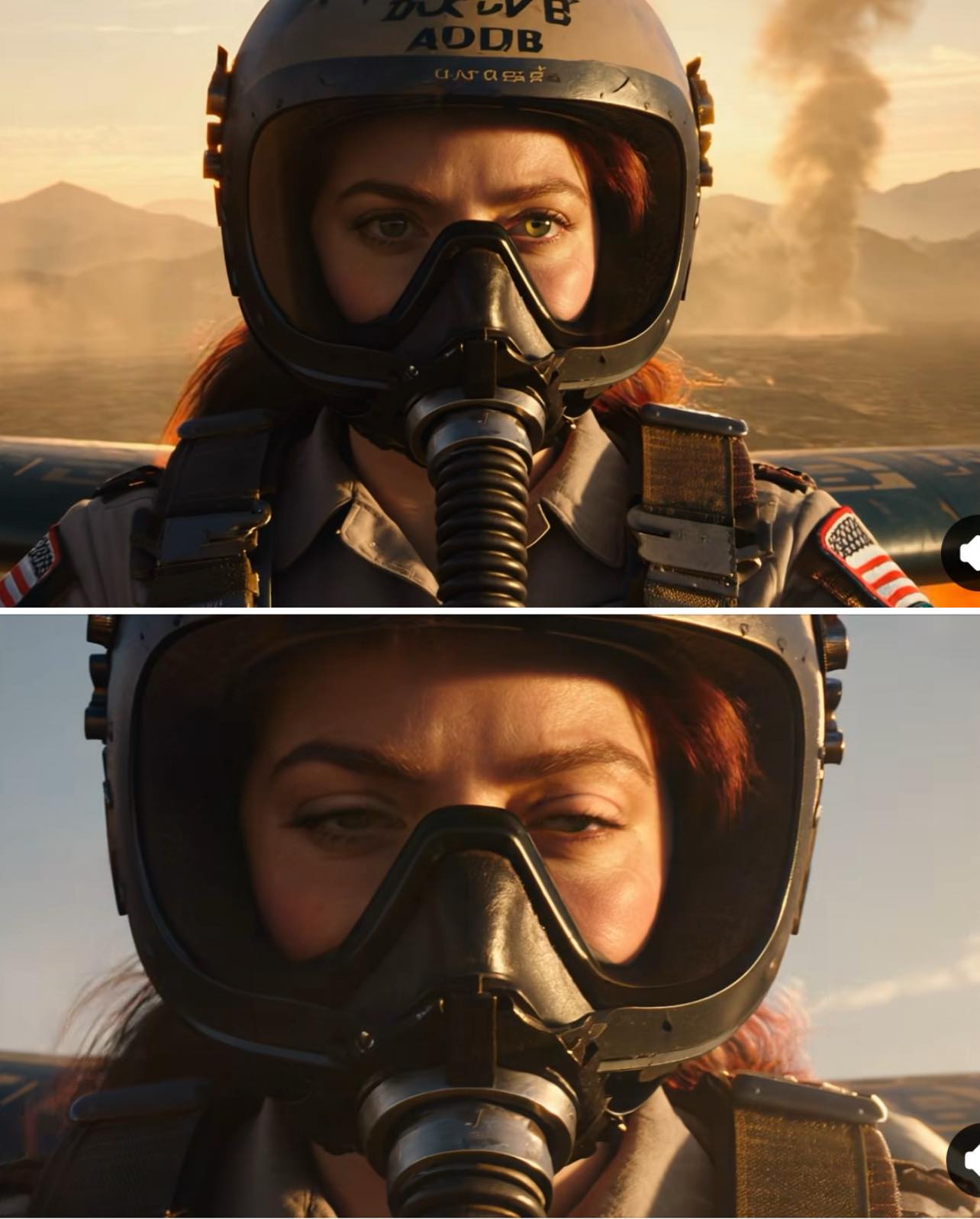“381 SEALs WERE TRAPPED — AND A ‘TOO EMOTIONAL’ FEMALE PILOT BROKE EVERY RULE TO BRING THEM HOME.”
They said she wasn’t ready for real combat. That she was too emotional, too reckless, too inexperienced. But when 381 Navy SEALs were surrounded by enemy forces in a mountain valley that had become their tomb, one 26-year-old A-10 pilot from Texas refused to let 381 American flags be folded for burial.
Captain Delaney Thomas had spent months training alone, sneaking into simulators at 3 a.m., memorizing terrain, learning how to fly an A-10 at the edge of physics itself. Her commanders ignored her warnings about enemy ambush tactics. They called her obsessive. When the call came that an entire SEAL task force was pinned down and command labeled them “unrecoverable,” she didn’t argue—she acted.
She slipped into her flight suit, wrote a one-line note—“If you’re reading this, I chose to act”—and took off in A-10 #297 without authorization. What she did next would make every rulebook obsolete.
Flying solo into the Korengal Valley, she cut through crossfire so tight radar couldn’t track her. The F-16s overhead refused to drop ordnance; the SEALs were pinned within fifty meters of enemy guns. Delaney rolled her Warthog into a dive so steep even her instruments protested, lined up the GAU-8 cannon, and fired. Thirty-millimeter shells chewed a hole through the ridgeline—twenty-five meters from friendly forces. Her precision was perfect. Then again. And again. Each run bought seconds, then minutes, then freedom.
Inside the command center, officers screamed for her to return. On the radio, a SEAL team leader’s voice cracked: “Thunderbolt 7, those were perfect hits—keep them coming.” She cut the command channel and kept flying.
By the time she landed, 381 soldiers were alive who shouldn’t have been. Her unauthorized mission had saved every one of them. The base erupted in applause; even the men who’d grounded her stood at attention.
They called it insubordination. History called it heroism.
Six months later, the Air Force rewrote its close-air-support doctrine using her data. The woman they dismissed for “too much heart” became the instructor teaching combat pilots how to do the impossible.
Sometimes leadership means breaking the rule that says you can’t.
And that’s how one ‘reckless’ pilot changed the meaning of courage.

Years later, when people asked her how it felt to face death alone in that valley, Captain Delaney Thomas never gave them the story they wanted.
She would simply smile and say, “It wasn’t about bravery. It was about not letting them die alone.”
Her court-martial never came. The men she saved filled the courtroom gallery, their dress uniforms lined with medals, their eyes full of the same fire she’d carried that night. One by one, they stood to testify—not for her defense, but for the truth. The tribunal dismissed the charges “in the interest of national honor.”
The next morning, the Pentagon released a quiet statement:
“Effective immediately, Captain Delaney Thomas is reinstated to active flight status.”
But the real tribute came years later, deep in the mountains of Afghanistan. On a remote outpost where 381 names were once carved into a memorial wall for the fallen, someone had etched three words beneath them:
“She said no.”
No to protocol.
No to fear.
No to leaving anyone behind.
And when young pilots today run their preflight checks in the gray light before dawn, there’s a small decal painted beneath their cockpit glass — a lightning bolt and the number 381 — a silent reminder of the night one woman chose heart over orders…
…and redefined what it means to fly for others.




